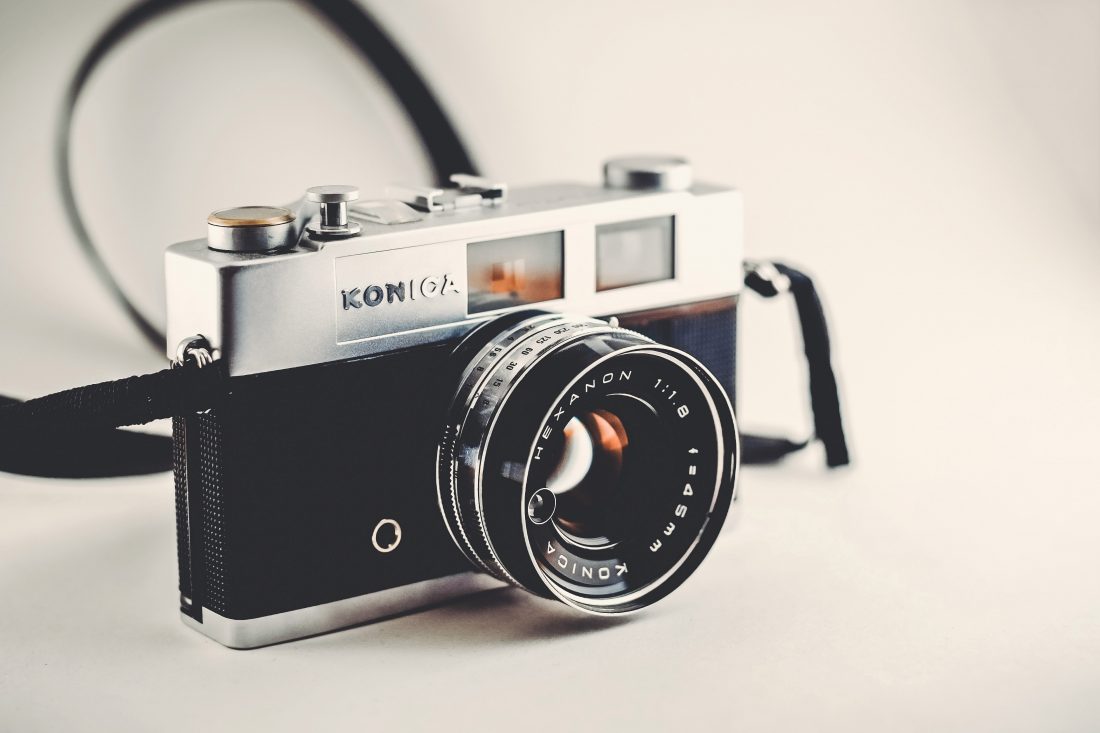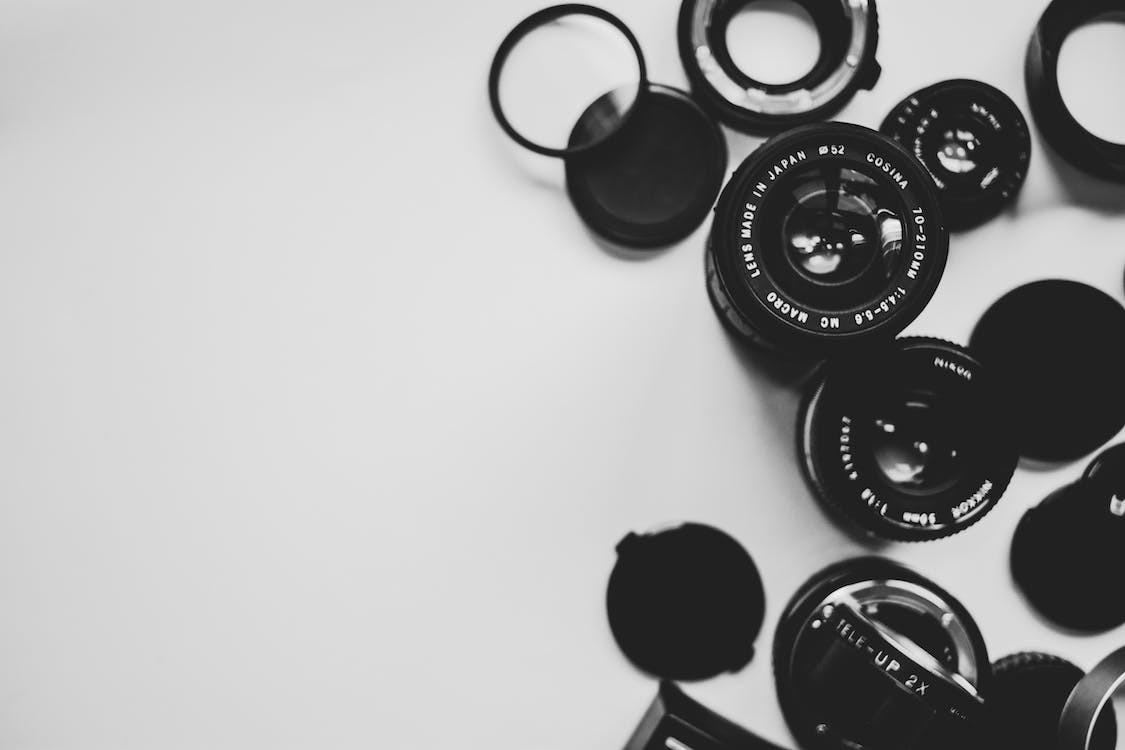
What is Canon EOS 300?
Further expanding upon the realm of photography, Canon introduced its EOS 300 Film Camera in March 1999. The Canon EOS 300, known as EOS Rebel 2000 in North America and EOS Kiss III in Japan, is an impressive piece of photographic equipment. Designed meticulously for novice photographers, this single lens reflex camera amalgamates incredible features with an easy-to-use interface.
The EOS 300 brimmed with numerous features that made it stand out in the market. Its lightweight design, combined with advanced features like the seven-point auto-focus system, made it a popular choice for those entering the world of photography. Back in 1999, this camera was retailed at the price of around $200, a reasonable price for a film camera with such a robust feature set.
A Stroll Down Memory Lane with the Canon EOS 300
Delving into my personal adventures with the Canon EOS 300, I still remember the day when I first purchased it – a sunny spring afternoon in the 90s. The feeling of holding a dependable piece of technology that promised not just stunning visual captures, but also a journey into the larger world of photography, was exhilarating.
The easy-to-grasp functions of the EOS 300 made it perfect for a beginner like me. The seven-point auto-focus system, being one of its highlights, was a fantastic feature that helped me capture sharp and crisp images. Also, the camera’s ability to operate in fully automatic, semi-automatic, and manual modes gave me the freedom to experiment and learn.
Despite being a film camera, the EOS 300 offered a good degree of customization, which was a significant factor in honing my skills as a photographer. I could alter the ISO, choose from a variety of shooting modes, and even select the focus points manually. Although challenging at first, this feature helped me understand the intricacies of light, depth, and composition. Even now, I cherish the memories made and experience gained while using this remarkable tool.
Reliability Personified: The Canon EOS 300
When it comes to its build, the Canon EOS 300 doesn’t disappoint either. The sturdy body, built primarily of plastic, not only made the camera lightweight but also durable. Moreover, the EOS 300 could be paired with a wide range of lenses, further adding to its versatility and appeal.
In conclusion, the Canon EOS 300 was a bridge that allowed many, including me, to venture into the intriguing world of photography. In its affordability, simplicity, and capabilities, it encapsulated everything a budding photographer could ask for.
Please note that the Canon EOS 300 is a film camera and, unlike digital cameras or smartphones, it requires a roll of film to capture images. Despite these constraints, the joy of shooting with film, the anticipation of developing the photos, not to mention the unique results you could get, were all part of the appeal of cameras like the EOS 300.
Despite the advent of digital technology, the Canon EOS 300 holds a special place in many photographers’ hearts. It serves as a reminder of where we’ve come from, and continues to inspire us to push the boundaries of what is possible in photography.
